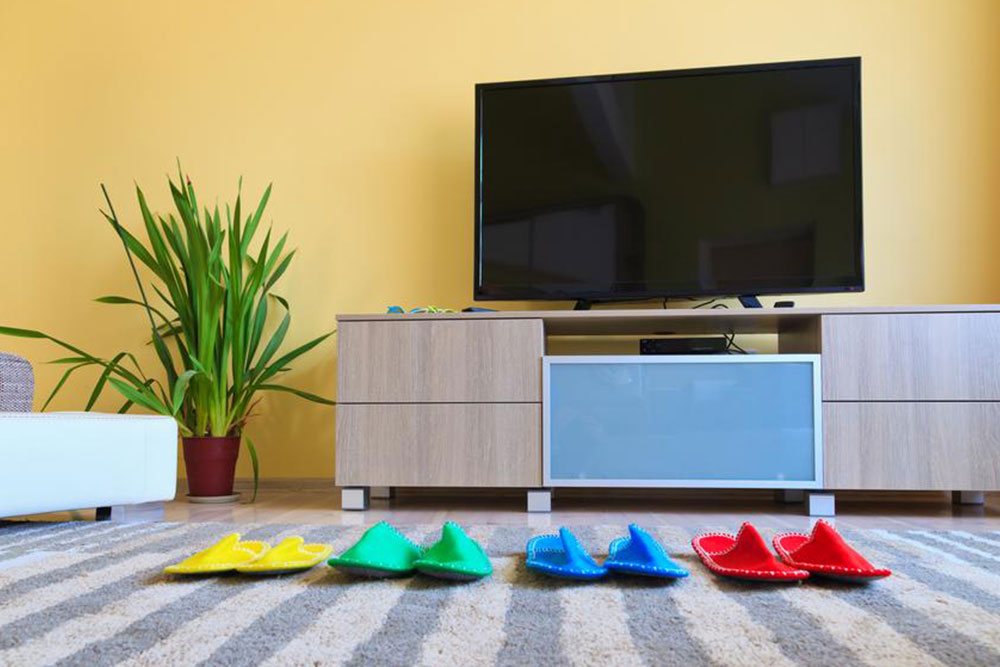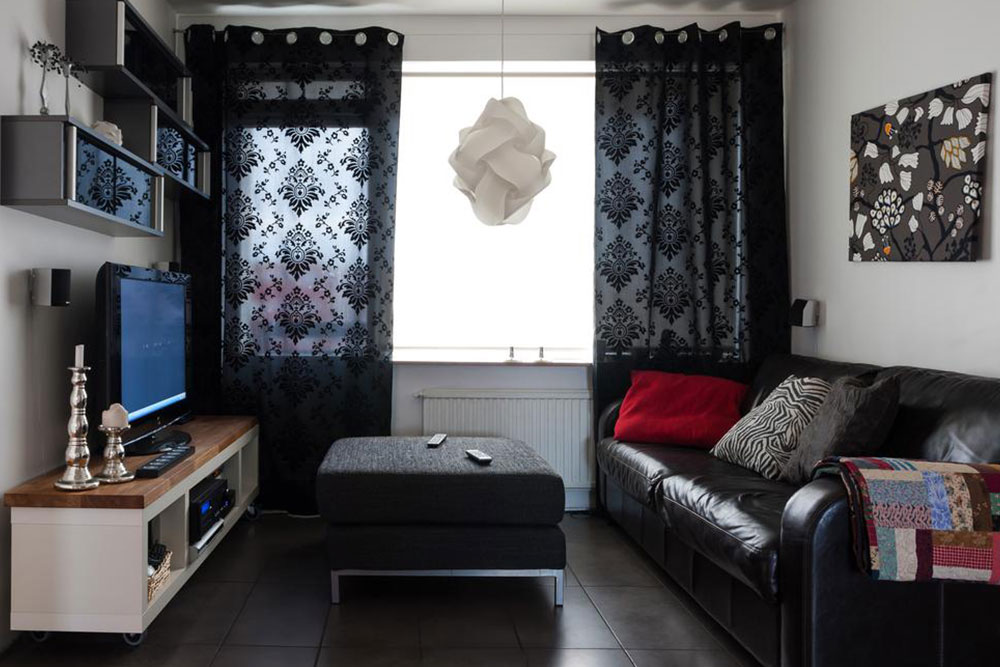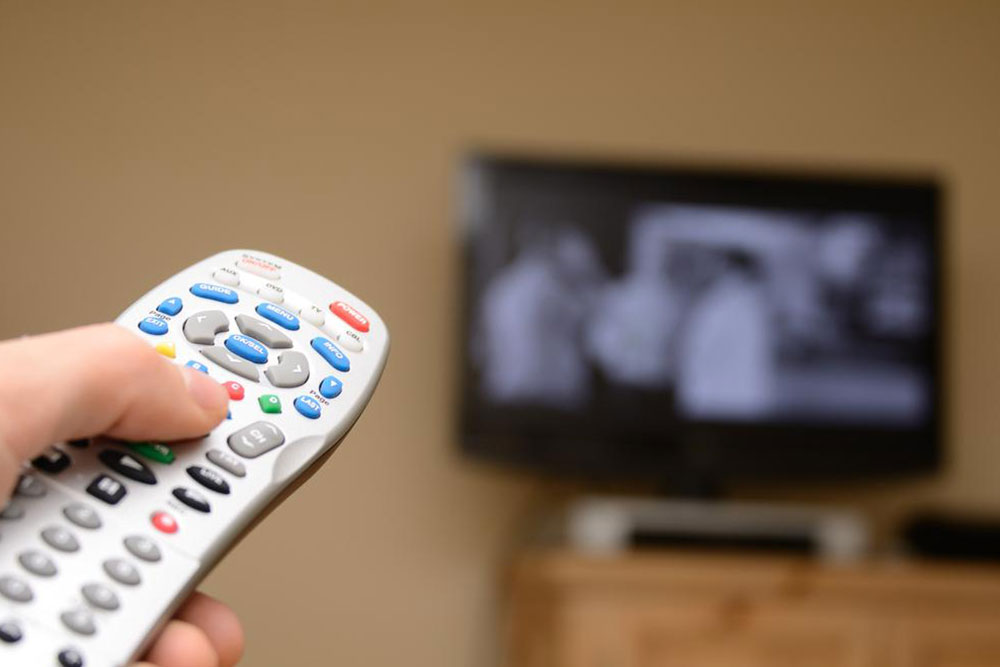Essential Tips for Buying Your First Smart Television
This guide offers essential tips for first-time smart TV buyers, covering screen size, display tech, connectivity, resolution, and more. It helps consumers choose a TV that suits their space, budget, and viewing preferences, ensuring an informed purchase decision.

Smart TVs are advanced electronic displays equipped with internet connectivity and multimedia functionalities. Combining features of traditional TVs, set-top boxes, and computers, they provide streaming services, home networking, and interactive content. Their operating systems are either pre-installed or accessed via set-top boxes, with applications easily added or configured. When selecting a smart TV, several factors are vital to ensure you make the right choice for your needs and budget.
Considerations Before Purchasing a Smart TV
Screen Size
Choose a screen size based on your room's space and viewing distance. Larger screens enhance viewing pleasure but should align with room dimensions and seating arrangements. Budget and performance also influence this decision; bigger isn't always better.
Display Technology: LCD, LED, or OLED
Most modern TVs use LCD technology illuminated by LEDs. OLED screens, with individual pixel illumination, offer superior picture quality and contrast. Your choice should depend on resolution preferences and picture clarity.
HDMI Ports
Ensure your TV has at least four HDMI 2.1 ports for connecting multiple devices like gaming consoles, streaming devices, and sound systems. Modern HDMI standards support uncompressed video and high-quality digital audio.
Resolution
Opt for 4K Ultra HD for crisp, detailed images or Full HD (1080p) for a more economical option. 4K provides sharper visuals enhancing your viewing experience, though it comes at a higher price.
Refresh Rate
Measured in Hertz (Hz), the refresh rate affects the fluidity of motion on the screen. Higher rates such as 120 Hz or 240 Hz deliver smoother visuals, especially during fast-paced content.
Contrast Ratio
This indicates the level of difference between the brightest whites and darkest blacks. Higher contrast ratios produce more vibrant and detailed images, particularly noticeable in dark scenes.
By considering these key aspects—screen size, display technology, connectivity options, resolution, refresh rate, and contrast—you can select the perfect smart TV tailored to your preferences and space.
Note: Our blog offers valuable insights across various topics. Use our research as a guide, but verify details individually as data may vary across platforms. We do not endorse specific schemes or offers beyond our information.










